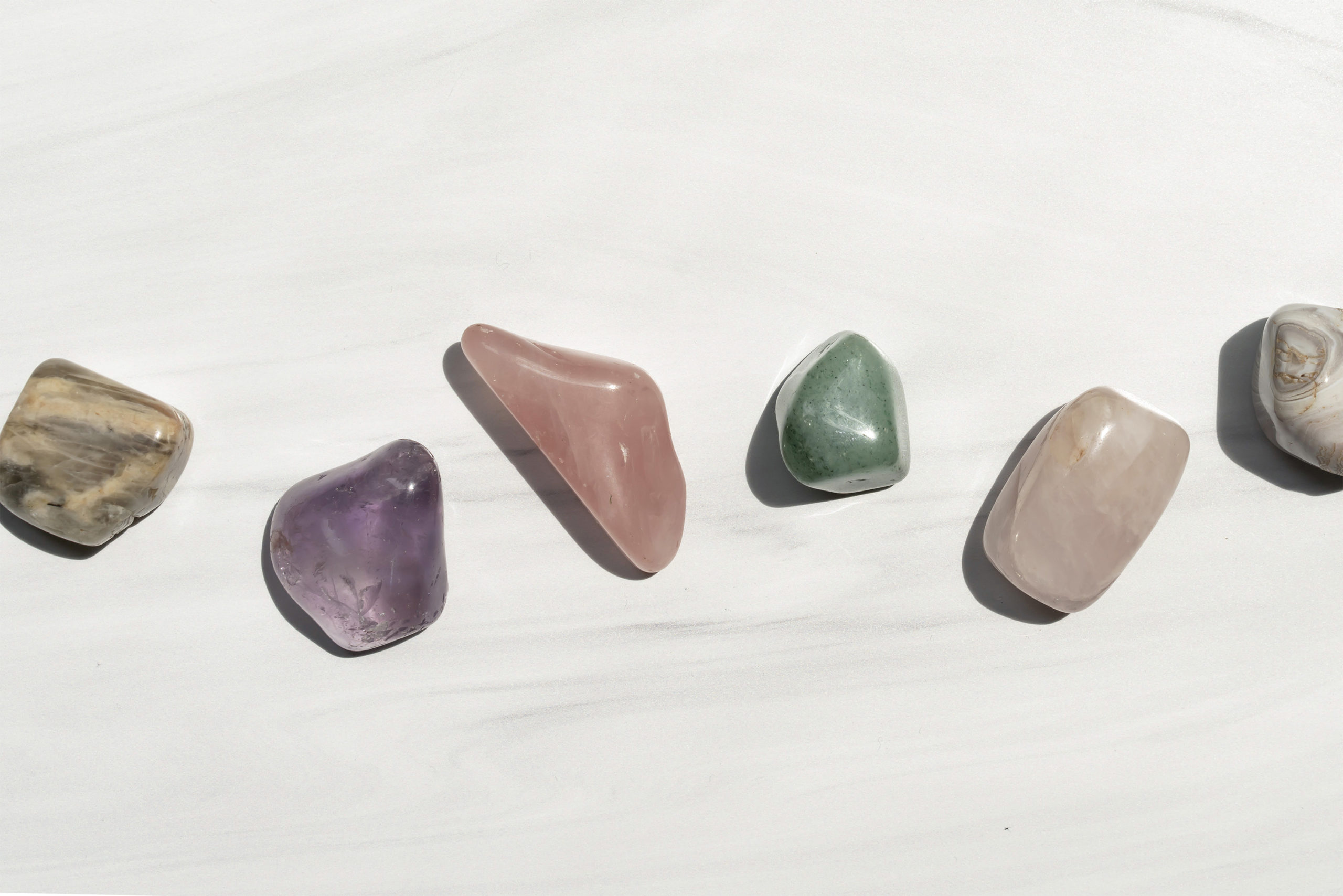October 2nd, 2025
Why Triggers Might Be Invitations in Disguise
Most of us hear the word “trigger” and instantly tense up.
It sounds like something scary, something to avoid at all costs. For a lot of women I work with, triggers are those moments that come out of nowhere and leave them feeling hijacked by emotions, body sensations, or memories.
A song, a smell, someone’s tone of voice, even just walking into a certain space can bring everything rushing back. And when that happens, it’s natural to want to push it all away. To avoid. To shut down. To just get through it.
But what if a trigger isn’t always the enemy? What if, in some cases, it’s actually an invitation.
Now, I know that might sound WILD. Who wants to be “invited” into discomfort?!?!?!
Here’s the thing….
Our triggers are messengers. They carry clues about where our nervous system is holding on to unfinished business, where a memory or an experience hasn’t fully settled. When something inside us lights up in response to a trigger, it’s our body’s way of saying, “HEY, this still needs your attention.”
In somatic therapy, we slow down enough to actually listen to that message.
Instead of running from the tightness in your chest or the knot in your stomach, we bring gentle curiosity to it. We notice how your body is responding in real time, without judgment. The sensations become a doorway, a way into understanding what your nervous system has been trying to tell you all along.
This doesn’t mean you have to relive trauma or drown in difficult emotions. In fact, the beauty of somatic work is that we can explore triggers at a pace that feels safe and contained.
You get to stay grounded while dipping a toe into the water, noticing what comes up, and then stepping back into regulation. Over time, this back-and-forth creates more room inside you. More space to breathe, to feel, to exist without the constant fear of being overtaken.
When we learn to see triggers as invitations, they lose some of their power to terrify us.
They stop being landmines and start becoming guideposts.
They show us where healing is still needed, and when we approach them with compassion and curiosity, they can actually help us move forward rather than keep us stuck.
I’ve seen this over and over with the women I work with. The moment they shift from “Why is this happening to me?” to “What is this showing me?” is the moment something begins to soften.
It’s not about forcing change or rushing healing. It’s about creating space for your body and mind to work together, instead of fighting one another.
And while therapy offers a deeper container for this work, there are small ways you can begin exploring this idea at home too.
For example, when you feel a trigger rising, try noticing where it lands in your body.
Do your shoulders tense?
Does your chest feel heavy?
Sometimes just naming it can take away a bit of its power.
You can also try gently lengthening your exhale when you breathe. It tells your nervous system, “We’re safe enough right now.” Or, place your feet firmly on the ground and press down with a little pressure, reminding your body that you’re here in this moment, not back in the past.
These may seem like tiny steps, but they build trust with your body. And trust is the foundation for deeper healing.
Healing doesn’t mean never being triggered again. It means changing your relationship with those moments, learning to meet them with awareness rather than fear. And that, to me, is where the deepest freedom lives.
If you’ve been struggling with triggers that feel overwhelming or confusing, know that you don’t have to walk through them alone. Together, through somatic therapy and approaches like Somatic EMDR, we can begin to untangle the places where your body is still holding on. Little by little, those invitations can lead you back to yourself in the gentlest way possible.


